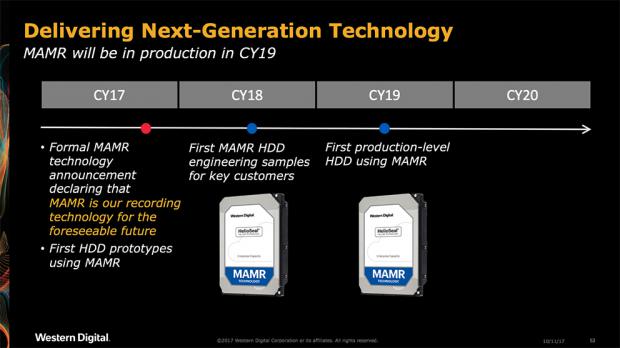
Breaking News
 Alex Jones & Steve Bannon Warn, The ANTIFA-Sponsored Murder Of Charlie Kirk...
Alex Jones & Steve Bannon Warn, The ANTIFA-Sponsored Murder Of Charlie Kirk...
 Here's that fast vid President Trump posted, hinting at what he is about to do
Here's that fast vid President Trump posted, hinting at what he is about to do
 The 2 Billion View Video: Charlie Kirk's Most Viewed Clips of 2024
The 2 Billion View Video: Charlie Kirk's Most Viewed Clips of 2024
 Conservatives Are Being Targeted – Louder with Crowder CEO Warns / Redacted
Conservatives Are Being Targeted – Louder with Crowder CEO Warns / Redacted
Top Tech News
 Tesla Megapack Keynote LIVE - TESLA is Making Transformers !!
Tesla Megapack Keynote LIVE - TESLA is Making Transformers !!
 Methylene chloride (CH2Cl?) and acetone (C?H?O) create a powerful paint remover...
Methylene chloride (CH2Cl?) and acetone (C?H?O) create a powerful paint remover...
 Engineer Builds His Own X-Ray After Hospital Charges Him $69K
Engineer Builds His Own X-Ray After Hospital Charges Him $69K
 Researchers create 2D nanomaterials with up to nine metals for extreme conditions
Researchers create 2D nanomaterials with up to nine metals for extreme conditions
 The Evolution of Electric Motors: From Bulky to Lightweight, Efficient Powerhouses
The Evolution of Electric Motors: From Bulky to Lightweight, Efficient Powerhouses
 3D-Printing 'Glue Gun' Can Repair Bone Fractures During Surgery Filling-in the Gaps Around..
3D-Printing 'Glue Gun' Can Repair Bone Fractures During Surgery Filling-in the Gaps Around..
 Kevlar-like EV battery material dissolves after use to recycle itself
Kevlar-like EV battery material dissolves after use to recycle itself
 Laser connects plane and satellite in breakthrough air-to-space link
Laser connects plane and satellite in breakthrough air-to-space link
 Lucid Motors' World-Leading Electric Powertrain Breakdown with Emad Dlala and Eric Bach
Lucid Motors' World-Leading Electric Powertrain Breakdown with Emad Dlala and Eric Bach
 Murder, UFOs & Antigravity Tech -- What's Really Happening at Huntsville, Alabama's Space Po
Murder, UFOs & Antigravity Tech -- What's Really Happening at Huntsville, Alabama's Space Po
Making hard drives 100X more reliable and triple data capacity

Western Digital has produced prototype MAMR drives this year, and would give engineering samples to key customers in 2018 and start volume production in 2019. By 2025, further refinement of the technology would push capacities past 40TB. Currently the largest hard disk drive (HDD) that stores data on spinning disks can hold about 14TB of information. The bigger drives were made possible by finding a way to use microwaves to write data on 3.5in drives. The first bigger-capacity drives should go on sale in 2019.
Western Digital is able to demonstrate MAMR gains significantly above PMR by leveraging three breakthroughs: the design of a head structure in dimensions that allow for high track density, the selection of magnetic and non-magnetic materials that provide the right excitation and a manufacturing process that makes it feasible to mass produce at the required performance and reliability levels.



